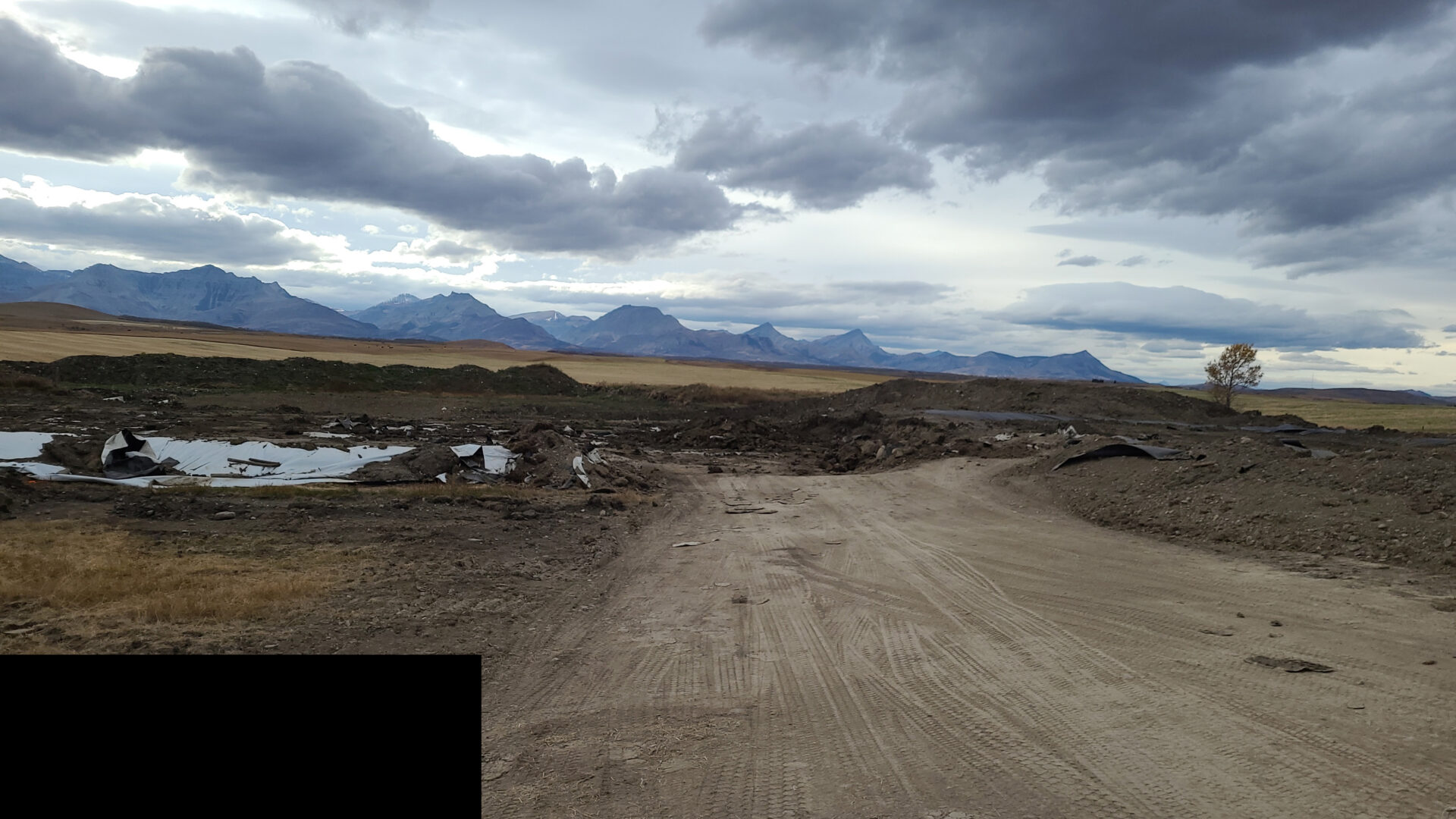Background
Alberta’s contaminated sites policy framework provides three management options:
- Tier 1 assumes that all exposure pathways and receptors relevant to the land use are present. Tier 1 guidelines are developed based on the most sensitive pathway or receptor so they can be used at most sites with no modification.
- Tier 2 allows for consideration of site-specific conditions through modification of Tier 1 guidelines and/or removal of exposure pathways that may not be relevant to the site.
- Exposure Control considers risk management through exposure barriers or administrative controls based on site specific risk assessment (SSRA).
The Tier 1 and Tier 2 guidelines are equally protective of human health and ecological systems; however, Tier 2 guidelines require a higher degree of site characterization and may be more restrictive than Tier 1 guidelines when a site has characteristics that are more sensitive than Tier 1 assumptions.
In order to comply with the Remediation Regulation a company must complete remediation or assess the risk that a substance release may cause an adverse effect by applying Tier 1 or Tier 2 guidelines. If risk of an adverse effect is found and the company cannot remediate the site within 2 years a remediation action plan (RAP) must be submitted to the AER that identifies how the risk will be managed and when remedial measures will no longer be necessary.
Site Specific Risk Assessment (SSRA)
The development of Tier 2 guidelines is considered SSRA when major changes to parameters or models are needed to develop Site-Specific Remediation Objectives (SSROs). A SSRA may be conducted based on pre-remediation contaminant concentrations or post-remediation (residual) contaminant concentrations to determine whether risks are acceptable or if further remediation or risk management is required.
SSRA’s can range in complexity from a Screening Level Risk Assessment (SLRA) to a Detailed Quantitative Risk Assessment (DQRA):
SLRA – uses default parameters, maximum contaminant concentrations and conservative assumptions related to contaminant exposure and transport, including the use of simple exposure models.
DQRA – requires additional data collection and refinement of conservative assumptions, input parameters and modelling.
For any level of complexity, defensible conclusions must be drawn with respect to risk and the development of SSROs. Additionally, the following is required regardless of site complexity:
- Vertical and horizontal delineation for all Contaminants of Potential Concern (COPCs) in soil, groundwater, and any other relevant media.
- An accurate Conceptual Site Model (CSM) scaled to the appropriate level of complexity of the SSRA must be developed.
- All COPCs, exposure pathways and receptors must be considered.
How Can This Help Your Site?
SSRA whether simple or complex frequently results in less restrictive guidelines, often reducing the requirement for remediation while still providing adequate protection of relevant human and ecological receptors. This is why industry is trending towards a risk assessment approach and away from Tier 1. SSRA can help a company comply with the remediation regulation by assessing the actual risk from a substance release and defining Tier 2 SSROs, allowing a comprehensive RAP to be developed. Further, regulatory site closure (or a reclamation certificate for upstream sites) through SSRA is possible if the results of the SSRA don’t require restrictions on land use activities and do not require on-going risk management. Depending on the level of complexity, regulatory interaction may be required throughout the SSRA process.
Last but certainly not least, SSRA can reduce the environmental footprint of a site compared to typical remediation practices as it generally reduces the remediation volume – thereby minimizing transport, landfill, and/or onsite mechanical remediation of soil – that also lowers potential emissions from equipment, trucks etc. and might be good for your company’s ESG!
Overview of Site Specific Risk Assessment
Problem Formulation:
Identify All:
- COPCs
- Exposure Pathways
- Relevant Receptors
If No Risk Identified SSRA Stops Here. Can be demonstrated by:
- No COPCs Present
- No Receptors Present
- No Exposure Pathways Identified

IF RISK IS IDENTIFIED:
Exposure Assessment:
- Concentration of COPC at the source versus predicted exposure at the receptor
- Considers fate and transport
- Characteristics of receptor (e.g., ingestion, inhalation, uptake through roots)
- Chemical and media specific factors (e.g., bioavailability)
- Direct and indirect pathways
Toxicity/Effects Assessment:
- Determine toxicological reference values for each COPC and exposure scenario
- TRVs may be regulatory values or may be developed based on literature
Risk Characterization:
- Calculation of exposure ratio (estimated exposure for each COPC with the established TRV)
- Can back calculate SSRO that does not represent risk
Thanks for reading,
Lori
Notes:
SSRA – site specific risk assessment
COPC – contaminant of potential concern
TRV – toxicological reference value
SSRO – site specific remediation objective

























































